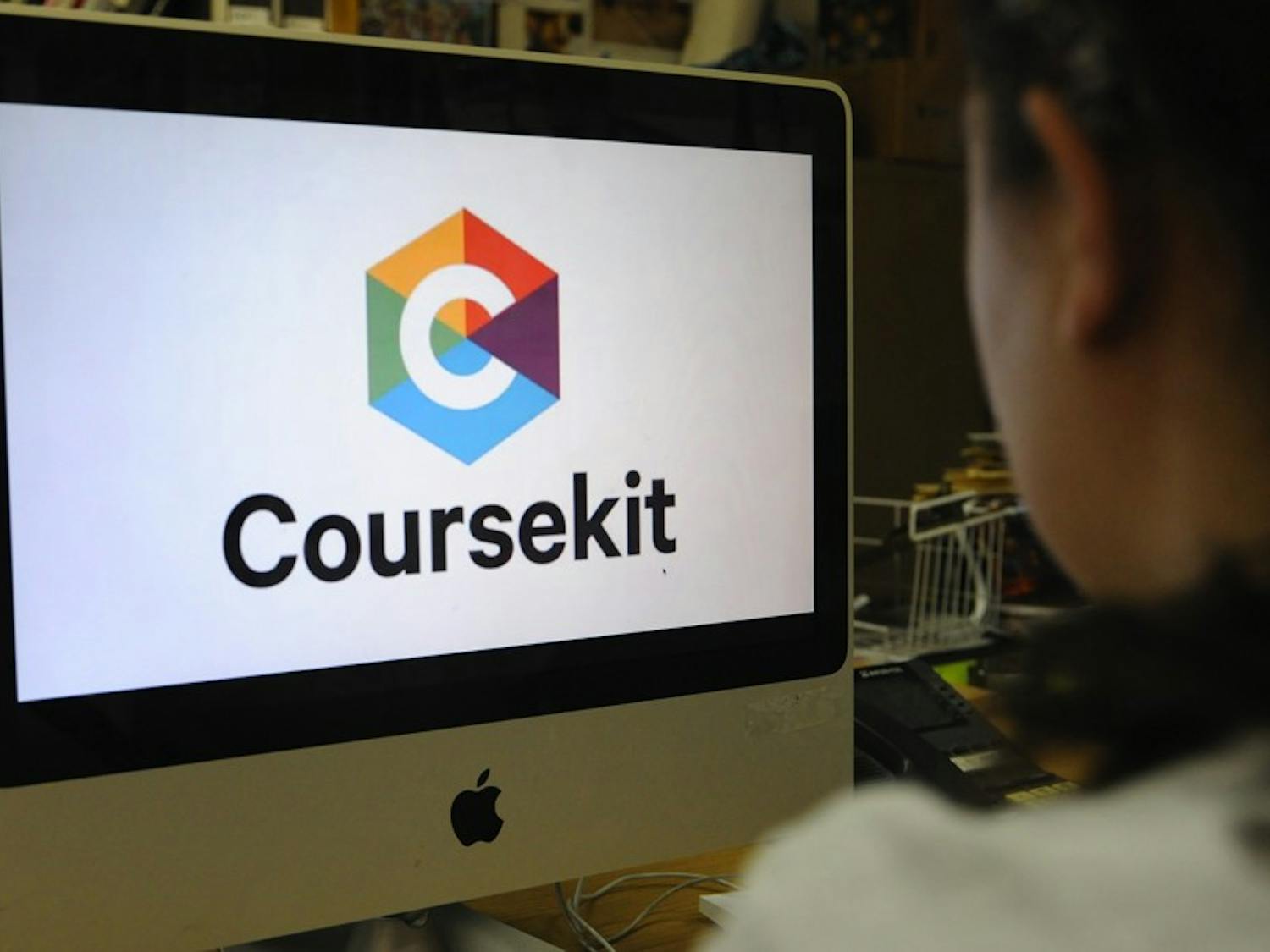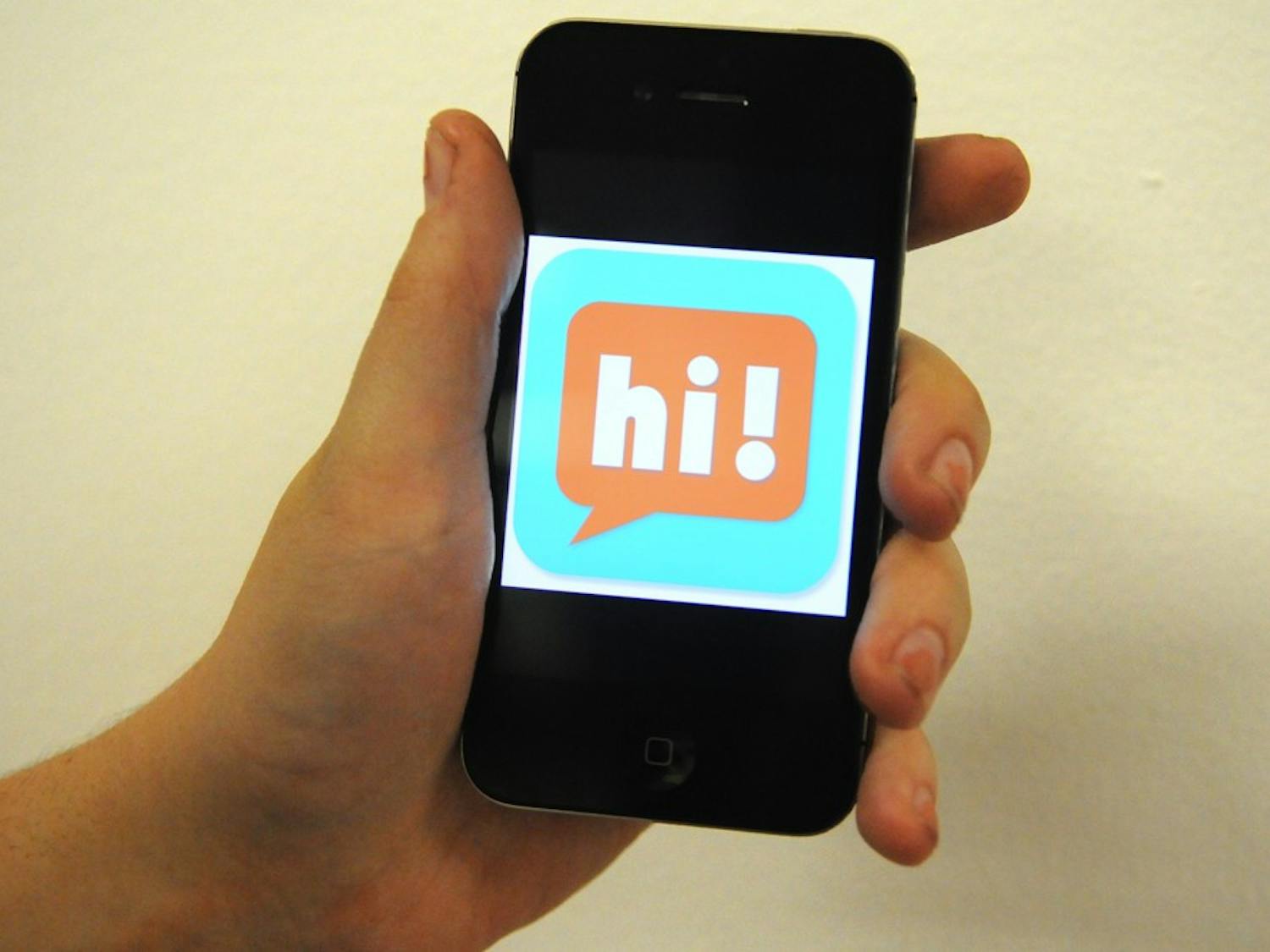A recent School of Medicine study indicated that receiving CPR instructions via cell phone boosts both CPR performance and confidence in one’s ability to carry out the procedure.
Raina Merchant, emergency physician at the Hospital of the University of Pennsylvania and lead author of the study, equipped half of the study’s 160 participants with a three-minute recording containing thorough CPR instructions that could be accessed via their cell phones’ voice mailboxes.
After this group was given a brief tutorial on how to operate the phones, both groups of participants were asked to perform CPR on mannequins. Each was installed with a feedback device which measured the number, depth and pressure of chest compressions administered and recorded the placement of hands on the chest throughout the procedure.
Merchant found that while roughly half the participants had undergone prior CPR training, the most significant factor in determining CPR performance was access to the cell phone recording.
Participants who had performed CPR according to the cell phone instructions were able to execute the procedure with greater accuracy than even those who had been CPR-trained in the past and reported greater confidence during the procedure.
Merchant said in emergency situations necessitating CPR, most bystanders are reluctant to administer the procedure due to a lack of confidence, even if they have received CPR training in the past.
“People have lots of reasons for not wanting to perform CPR: disease transmission, not knowing what to do, litigation,” Merchant said. “But what stood out was this perceived ignorance of how to do it correctly — that’s something we can target and try to improve.”
She emphasized that a cardiac arrest victim’s chances of survival are reduced by 10 percent with every minute that CPR is not administered. After the first 10 minutes without CPR, odds of survival become “very slim.”
While incorrectly performed CPR can result in broken ribs and other injuries, the benefits of timely attempted CPR far outweigh the risks, Merchant said.
“There isn’t a downside to CPR — the most important thing is just to do something,” she said. “In terms of harm, the person has already had their heart stop beating and they aren’t breathing on their own, so doing something can make a big difference.”
While an iPhone application providing CPR instructions is already available, Merchant said her research aims to develop an alternative that can be used with any cell phone, even those without the “bells and whistles.”
She plans to conduct additional testing to improve the feature, so that it may potentially be embedded in all phones in the future.
“The results are promising, especially in terms of showing the first step toward something we can easily adopt to help people save lives,” she said.






